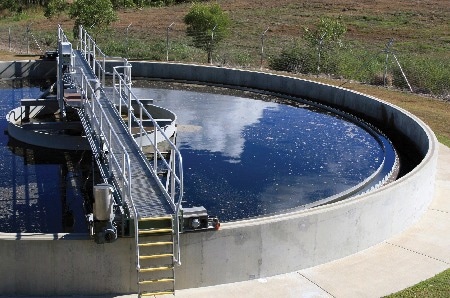The production of toxic and/or explosive gases is common in the water treatment sector. These activities must be strictly supervised to successfully protect employees from the risks of intoxication, explosion, and fire.
There are several solutions to protect against the danger(s) of explosive and toxic gases in the sanitation sector, such as the installation of gas detectors. These devices measure the concentrations of gas present within a facility and provide a warning in the event of danger.

Image Credit: Teledyne Gas and Flame Detection
Which Gas Detectors Should You Use for Water Treatment?
Water treatment and sanitation professionals frequently encounter explosive and toxic gases such as carbon dioxide, methane, chlorine, hydrogen sulfide, and ozone.
Teledyne Gas and Flame Detection enables the installation of detection systems that protect from the risks associated with the excessive concentration of such gaseous compounds.
Sensors Suited to the Needs of Wastewater Treatment
- Electrochemical detectors are designed to monitor the oxygen content in the air and detect the presence of toxic gases such as H2S, CO, or CL2. Teledyne offers these detectors in the form of the DGI-TT7-E and CTX300.
- Semiconductor detectors, such as the CTX300 from Teledyne, are employed in high ambient temperatures or for the detection of H2S.
- Catalytic detectors measure the presence of explosive gases, such as gas detectors DGTX7 and OLCT 100.
- Infrared detectors are used for the detection of explosive gases such as CO2 or CH4. These detectors are suitable for corrosive atmospheres or in the presence of a high concentration of H2S. Teledyne offers the GD10 series infrared technology detector.
Additionally, Teledyne offers a wide variety of portable gas detectors adapted to the requirements of the sanitation sector for temporary or mobile interventions in confined spaces.

This information has been sourced, reviewed and adapted from materials provided by Teledyne Gas and Flame Detection.
For more information on this source, please visit Teledyne Gas and Flame Detection.